Grammar can be finicky, tough, annoying, amazing, and illuminating. It can make or break a writer or editor. Good grammar is what sets good writers and editors apart from poor or unmotivated writers and editors. The plot idea, characters, setting, and motif can jump off the page, but they’ll always be pulled right back by failed grammar. It is true that good grammar doesn’t always follow the rules and that many famous writers have broken the grammar rules to put their own spice in a story. Famous or not, though, grammar has a strong place in the writing world, and there are certain unbreakable rules that everyone must follow. Never commit a comma splice, don’t use a semicolon when you mean to use a colon, don’t use exclamation points unless you desperately need to, always properly punctuate your dialogue, and millions of others. Let’s explore why grammar is critical to the writing world and why, even though you wanted to for stylistic reasons, your editor marked your paragraph with a red pen.
Grammar is the framework of the portrait of your story. It’s the glue that keeps the pieces of the frame in place. Although it can get a little beat up, the frame always protects the portrait from becoming damaged or frayed on the edges. It also gives the painting a nice window dressing. A frame compliments the painting. Without grammar, your story wouldn’t shine, stand the test of time, and be readable. Grammar provides much more than guidelines for your story; it’s structural mechanics. Think about a regular sentence in your story. If there were no period, when would the readers stop? How would their brains know how to phrase the sentences? If the comma is missing or in the wrong place, the meaning of the sentence changes slightly from “I like hunting, my family, and my dog” to “I like hunting my family and my dog.” Semicolons, colons, and dashes all provide much needed mental relief for the reader. They help us create the world in our heads. If the writer just rambles with very little punctuation, the reader typically has to reread the section to put the right emphasis on the right words. Also, when a writer makes too big of a stylistic jump, they could lose the reader altogether.
How do writers make stylistic grammar choices without befuddling, annoying, angering, or losing the reader? If you read enough, you become more familiar with a writer’s stylistic choices. This will help you determine what jumps are just large enough for the reader to hold your hand for. For example, I love to read fragmented, broken writing. Pieces of words. Put together. Like mini thoughts. The way people usually think. People don’t typically think in long drawn out sentences with very little punctuation or stopping because the reader can’t quite hold on long enough to remember what they read in the first part of the sentence. Do you see what happens there? Fragments, of course, are not grammatically correct, but in the context of what I wrote, it works.
There are many different ways to utilize dashes, semicolons, colons, lists, commas, and periods to put the reader in your mindset and give your work style. Try experimenting with all the different parts of grammar and punctuation. This is a great way to learn your style and how you like to write. Another way is to use Grammarly. Grammarly taught me a lot about grammar and punctuation, which enabled me to add style to my work. I not only understood the rules and how to use them but also comprehended grammar and punctuation enough to break the rules in a stylistic way. Grammarly also provides a grammar check that will find any unintentional grammar or punctuation mistakes you may have made. Learning how to properly use grammar to your advantage can become your strongest suit as a writer; plus, your editor will love you. Always do a grammar check, however, to make sure you broke the rules the right way. Remember, grammar is the frame of your story, so why not make it the best frame you can muster that is also correctly matched and stylistically you.
Bio:
Nikolas discovered his love for the written word in Elementary School, where he started spending his afternoons sprawled across the living room floor devouring one Marc Brown children’s novel after the other and writing short stories about daring pirate adventures. After acquiring some experience in various marketing, business development, and hiring roles at internet startups in a few different countries, he decided to re-unite his professional life with his childhood passions by joining Grammarly’s marketing team in San Francisco. He has the pleasure of being tasked with talking to writers, bloggers, teachers, and others about how they use Grammarly’s online proofreading application to improve their writing. His free time is spent biking, traveling, and reading.

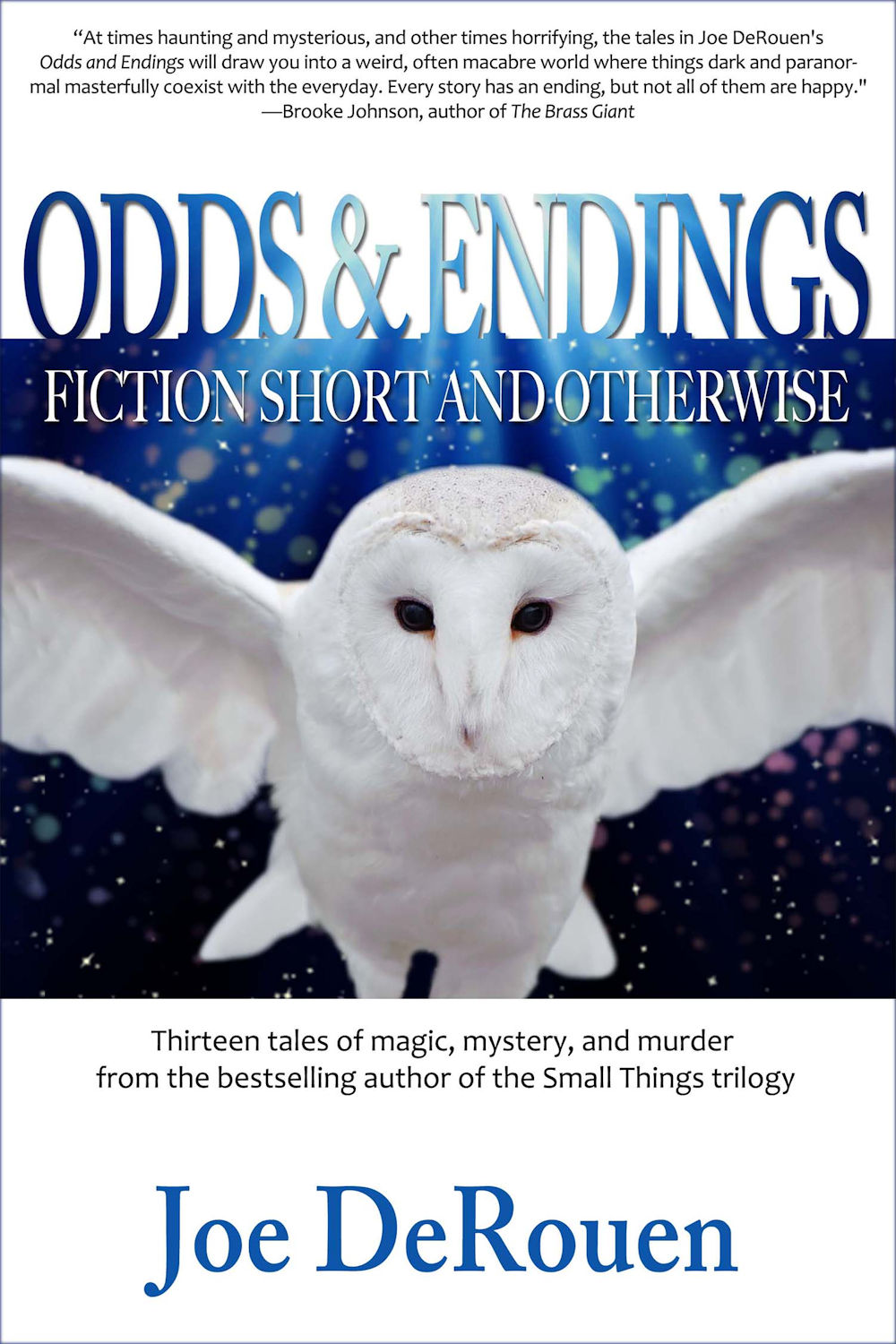
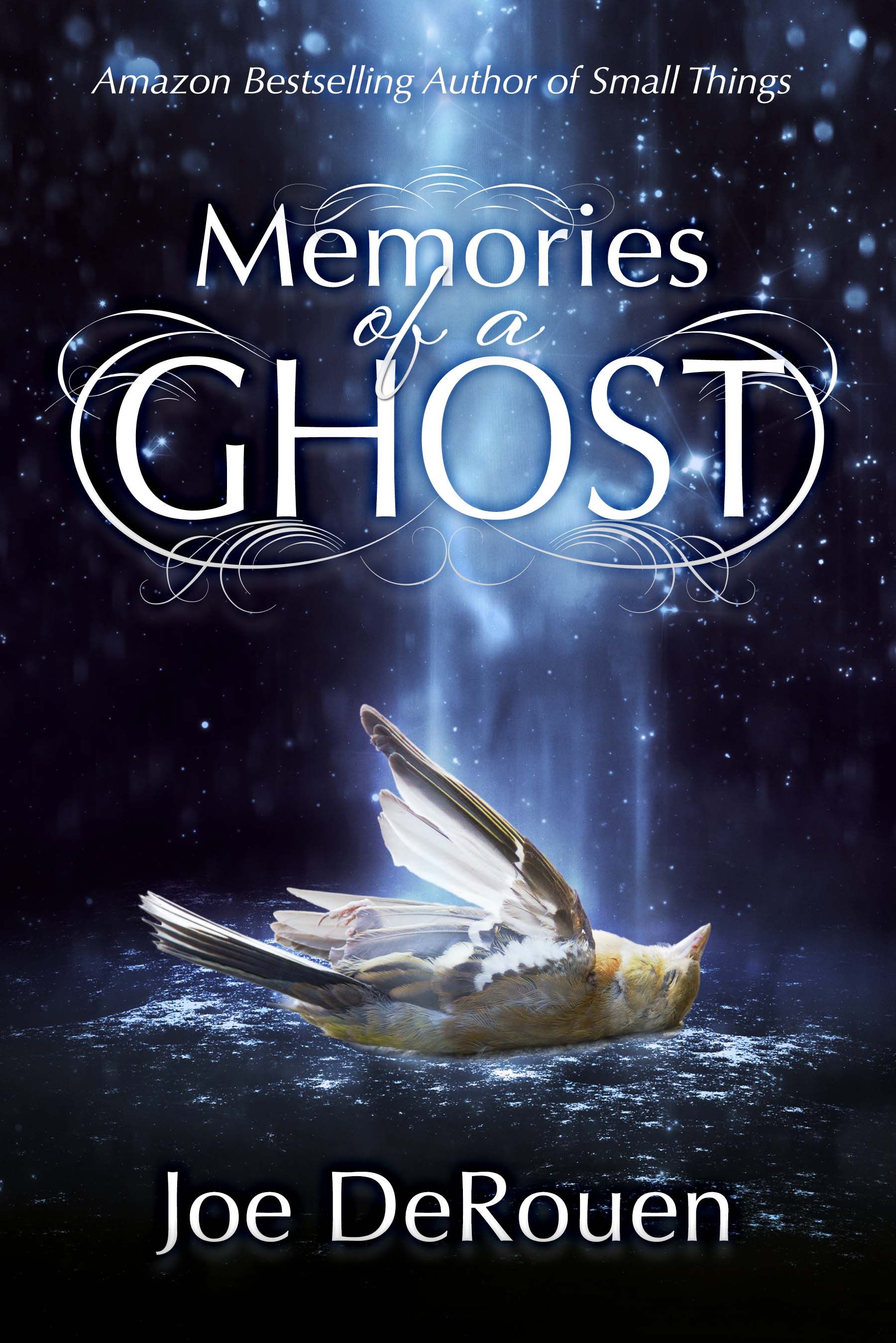

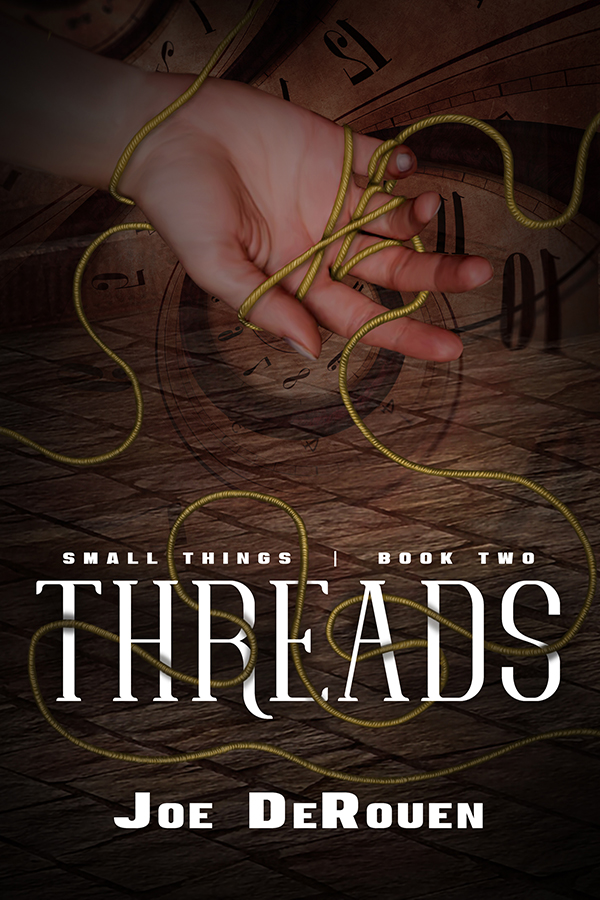
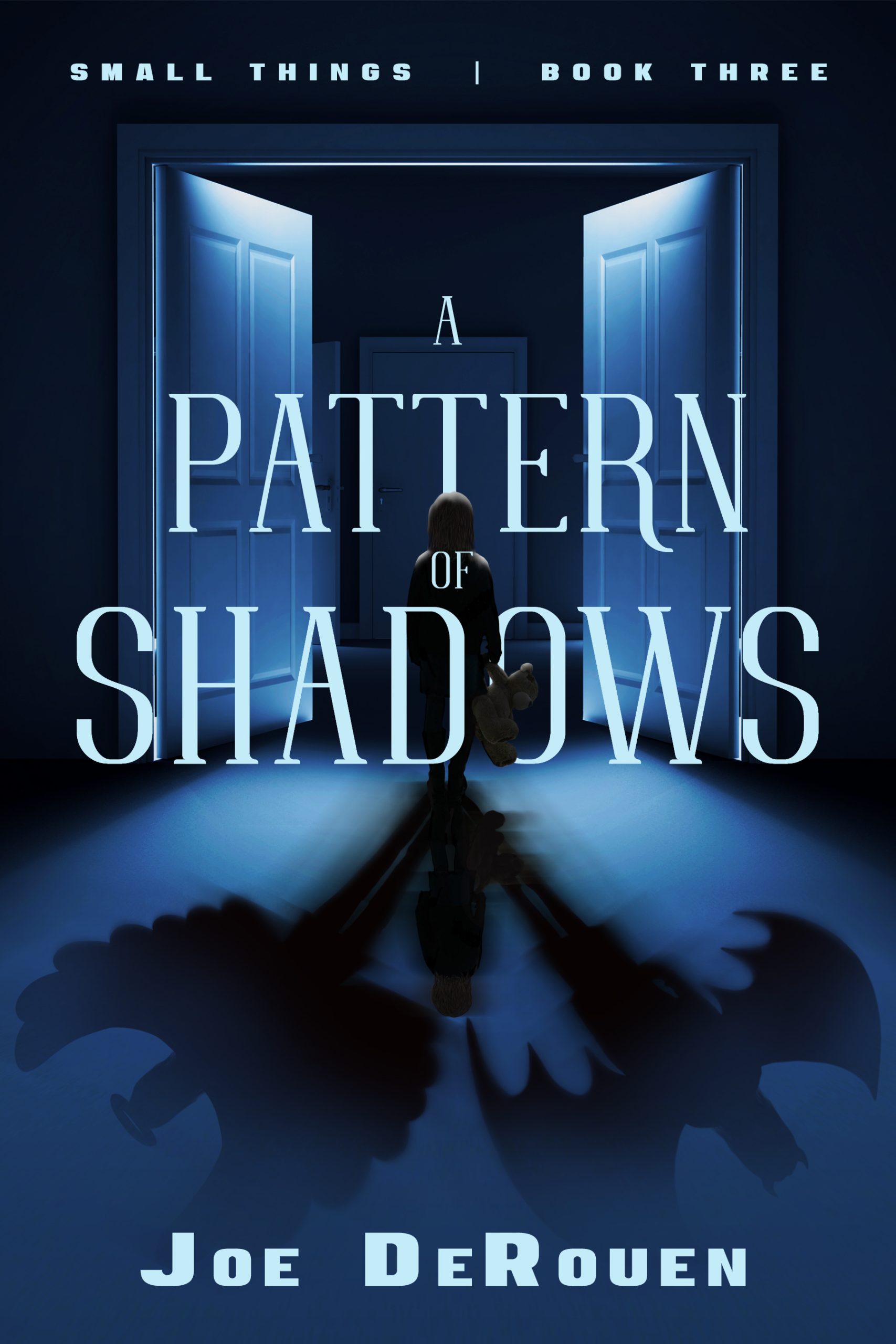

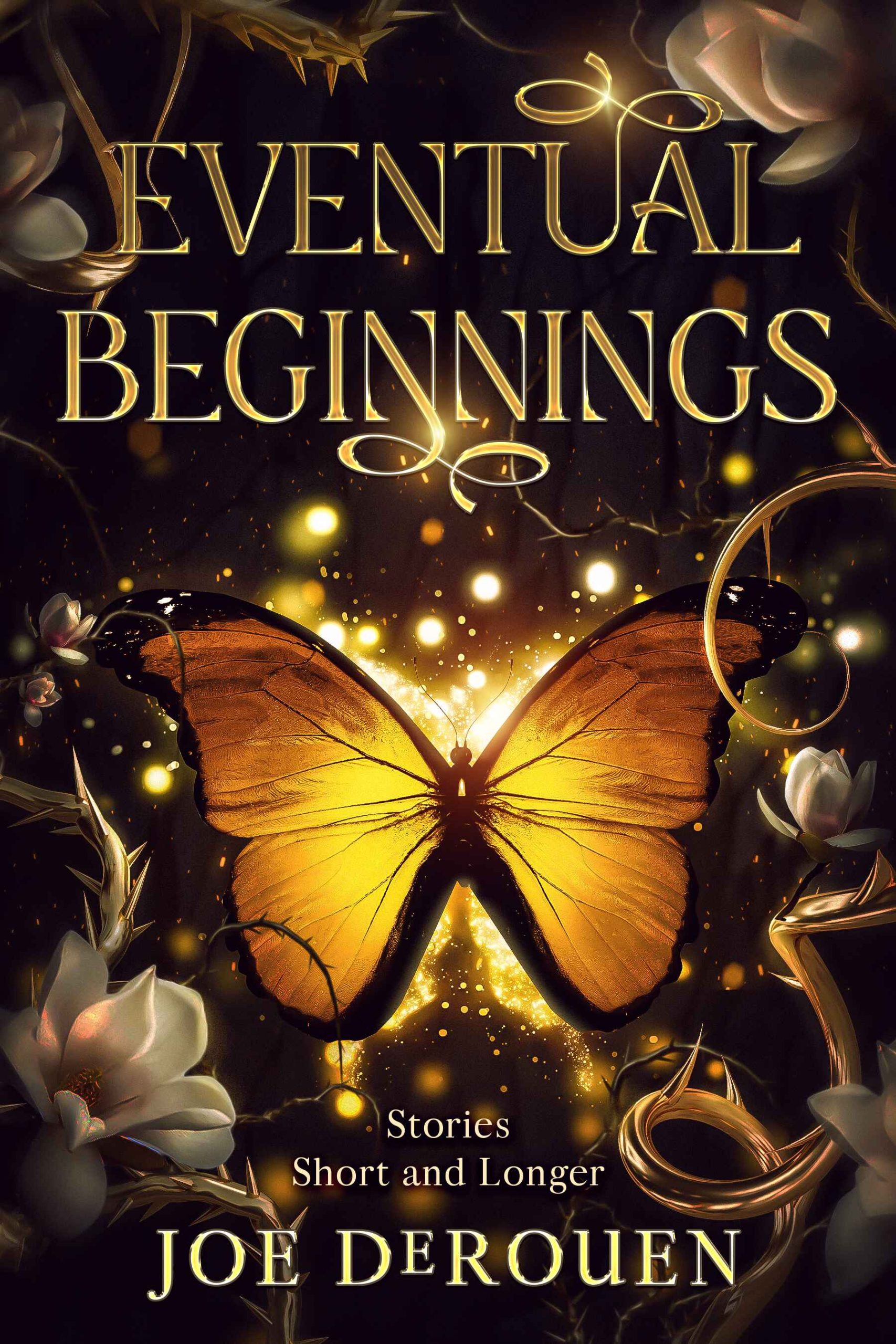
No responses yet